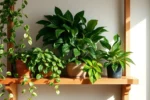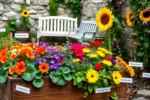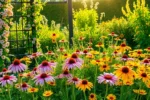Welcome to the vibrant world of small garden blooms, where even the tiniest patch of earth can be transformed into a riot of color and life. Whether you’re just beginning your gardening journey or have years of experience, cultivating a small garden with colorful flowers offers a unique opportunity to express creativity and enhance your outdoor space.
In our bustling lives, small gardens offer a serene escape, a place where beauty meets practicality. This article will guide you through selecting the perfect plants that thrive in compact spaces, ensuring that your garden is not just surviving but flourishing with vibrant hues.
Understanding the nuances of small garden planting can be as rewarding as it is fun. You’ll learn to maximize your space with tips on plant selection, arrangement, and care, tailored to suit both novice and seasoned gardeners. By the end of this article, you’ll feel empowered to create a dazzling display of colors, no matter the size of your garden plot.
Choosing Vibrant Varieties for Impact
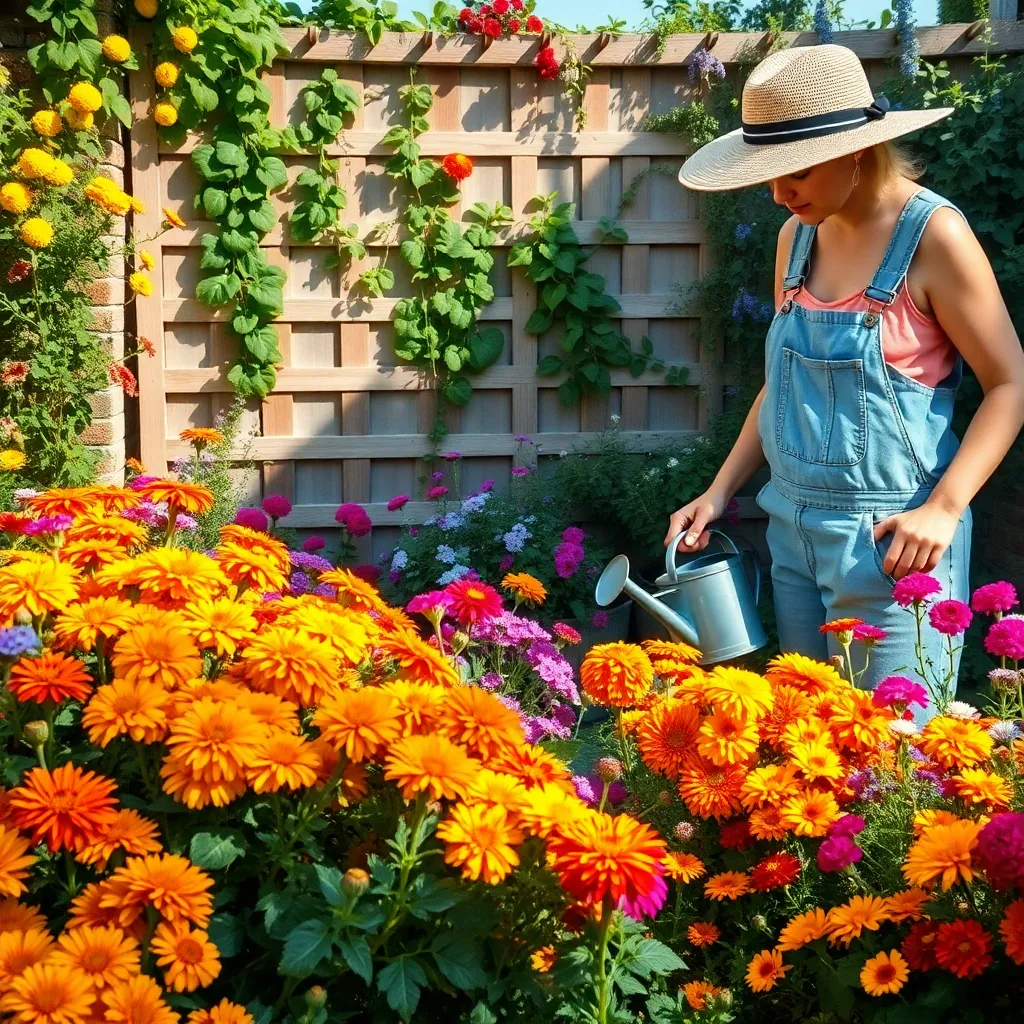
When choosing vibrant varieties for a small garden, consider plants that offer both color and compact growth. Opt for species like dwarf zinnias or compact marigolds that thrive in limited spaces and offer a burst of color.
Begin with a soil test to understand the pH and nutrient levels, ensuring optimal growing conditions for your chosen plants. Amend the soil with compost or a balanced fertilizer to promote healthy growth and vibrant blooms.
Watering is crucial, particularly for small gardens where soil can dry out quickly. Water deeply once or twice a week, allowing the soil to dry out slightly between waterings to prevent root rot.
For those with some gardening experience, consider incorporating a mix of annuals and perennials to ensure continuous color throughout the seasons. Experiment with layering taller plants like cosmos in the background and shorter ones like alyssum at the front to create depth and interest.
Compact Flower Options for Tight Spaces
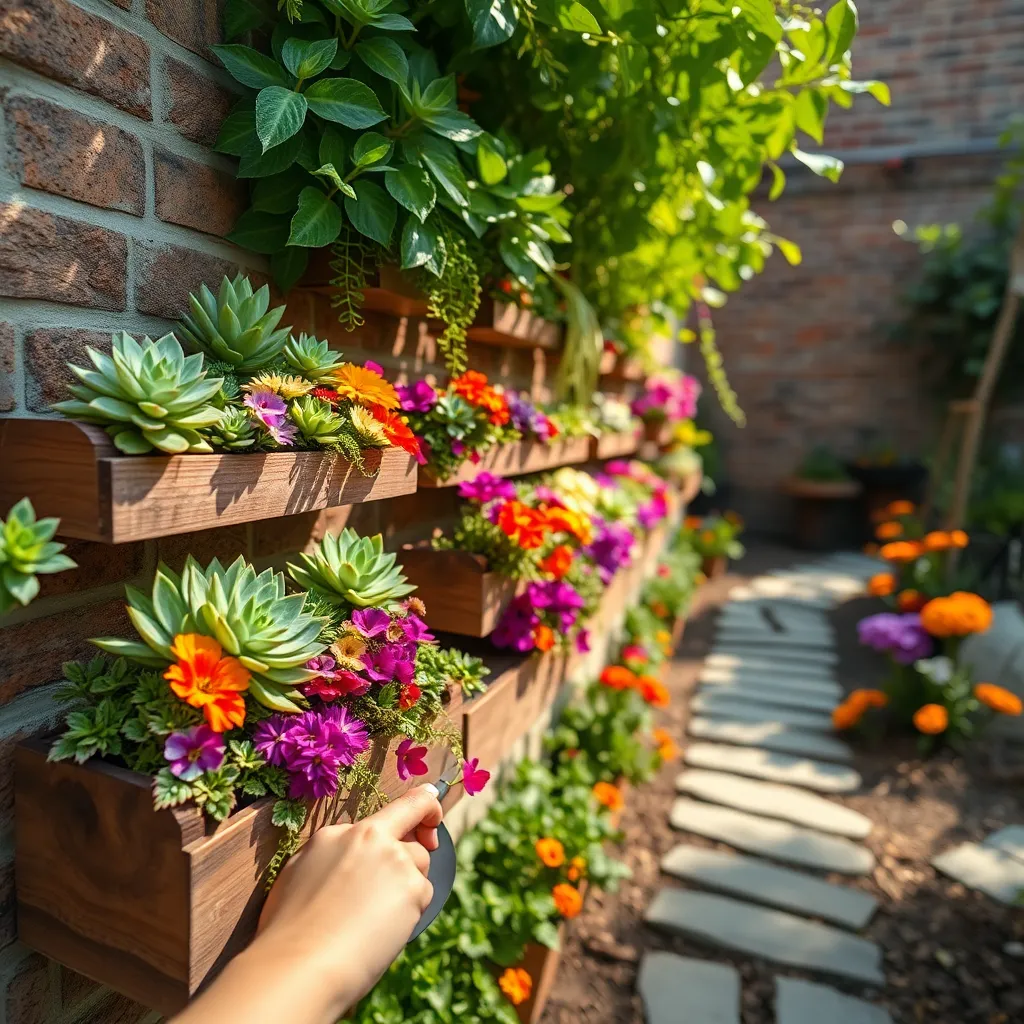
For gardeners with limited space, selecting compact flowers can make a big impact without overwhelming the area. Consider using dwarf varieties that are specifically bred to thrive in smaller environments, such as balconies or urban gardens.
One excellent choice for tight spaces is the dwarf zinnia, a hardy plant that bursts with vibrant colors. Zinnias thrive in full sun and well-drained soil, requiring watering only when the top inch of soil feels dry.
Begonias are another fantastic option for small gardens, offering bright blooms and varying leaf textures. They do well in partial shade, and it’s crucial to ensure the soil remains consistently moist but not waterlogged.
For a touch of elegance, consider planting dwarf lavender, which brings both beauty and a delightful fragrance to small spaces. Lavender prefers sandy, well-drained soil and should be watered sparingly, allowing the soil to dry out between waterings.
Arranging Colors for Visual Balance
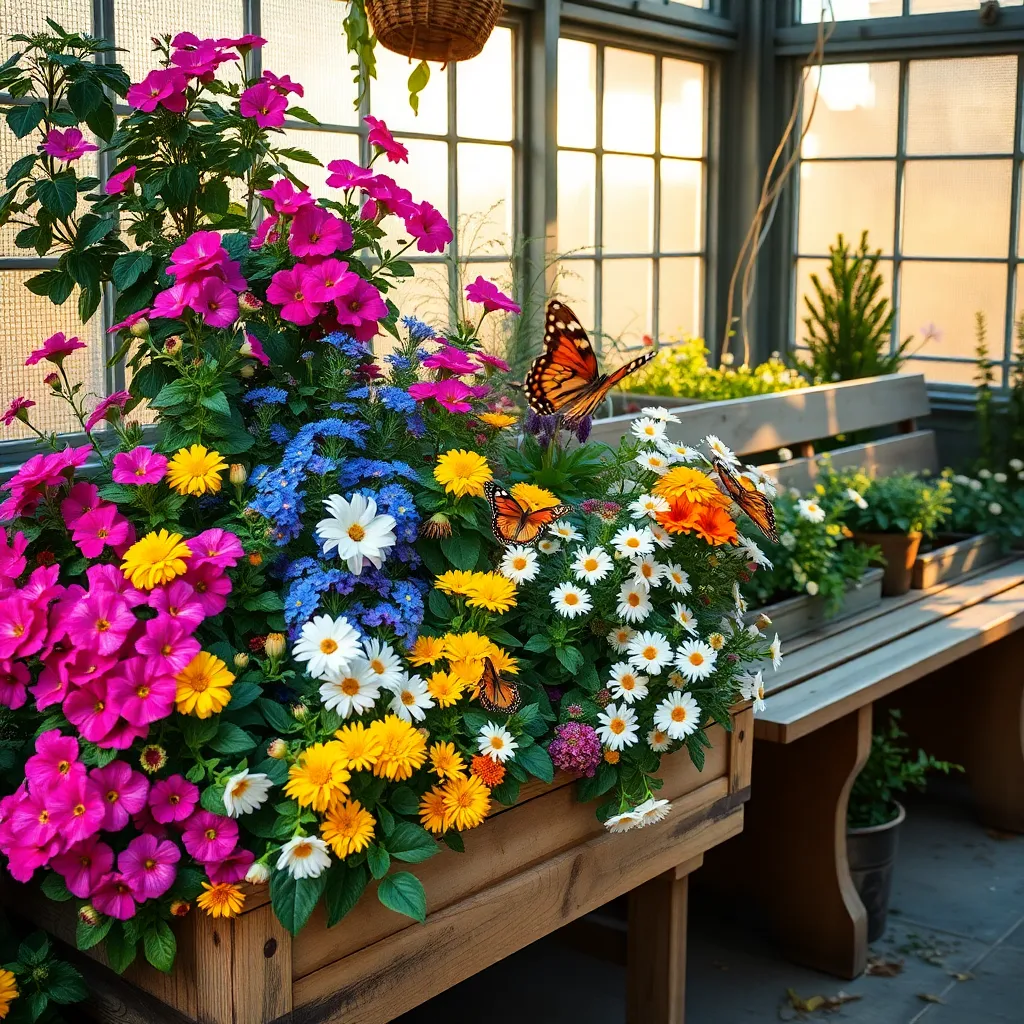
Creating visual balance in a small garden involves strategically arranging colors to enhance the overall appeal. Consider using a color wheel to choose complementary colors that will create harmony and contrast, adding depth to your garden space.
Begin by selecting a dominant color for your garden, which will serve as the focal point. Use plants like lavender or deep red roses as your primary hue, depending on the atmosphere you wish to evoke.
Next, incorporate secondary colors to complement your dominant choice, ensuring they are in the same color family for a cohesive look. For example, pair lavender with shades of purple and pink to create a serene and calming garden.
For a more dynamic and lively garden, select contrasting colors that stand out against your primary color. Yellow marigolds or orange nasturtiums can provide a vibrant pop against a backdrop of blues and purples.
Pay attention to the texture and shape of the plants as well, as this can influence the visual balance. Mix plants with different leaf shapes and sizes to add interest and prevent the garden from appearing flat.
To maintain this balance, ensure your flowers receive the appropriate care according to their specific needs. Regular watering, suitable soil types, and the right amount of sunlight are crucial for keeping your garden vibrant and healthy.
Seasonal Blooms to Maximize Appeal
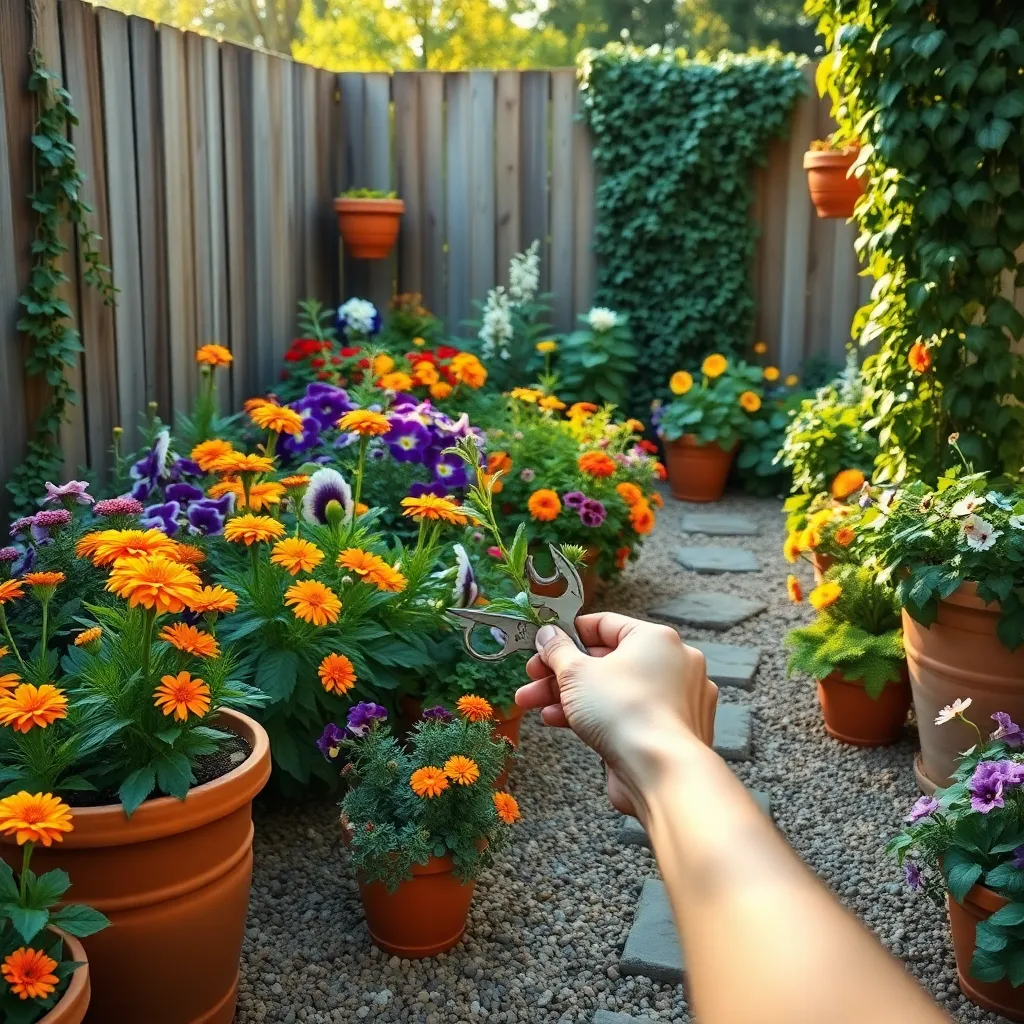
To enhance the visual appeal of your small garden throughout the year, focus on selecting plants that bloom in different seasons. Spring bulbs like tulips and daffodils are excellent choices, as they offer vibrant colors early in the year and require minimal maintenance.
Consider planting summer bloomers such as zinnias and marigolds, which thrive in full sun and add a splash of color during the warmer months. These flowers are not only easy to grow but also attract pollinators, enhancing your garden’s ecosystem.
For a stunning autumn display, include plants like chrysanthemums and asters. These hardy perennials are ideal for small spaces and will provide vibrant colors as the temperature drops.
Winter doesn’t have to be dull either; incorporate evergreen plants like camellias that bloom during the colder months. They thrive in well-drained, slightly acidic soil and offer a lush, green backdrop with blossoms that brighten the garden during the off-season.
Caring for Small-Scale Flower Gardens
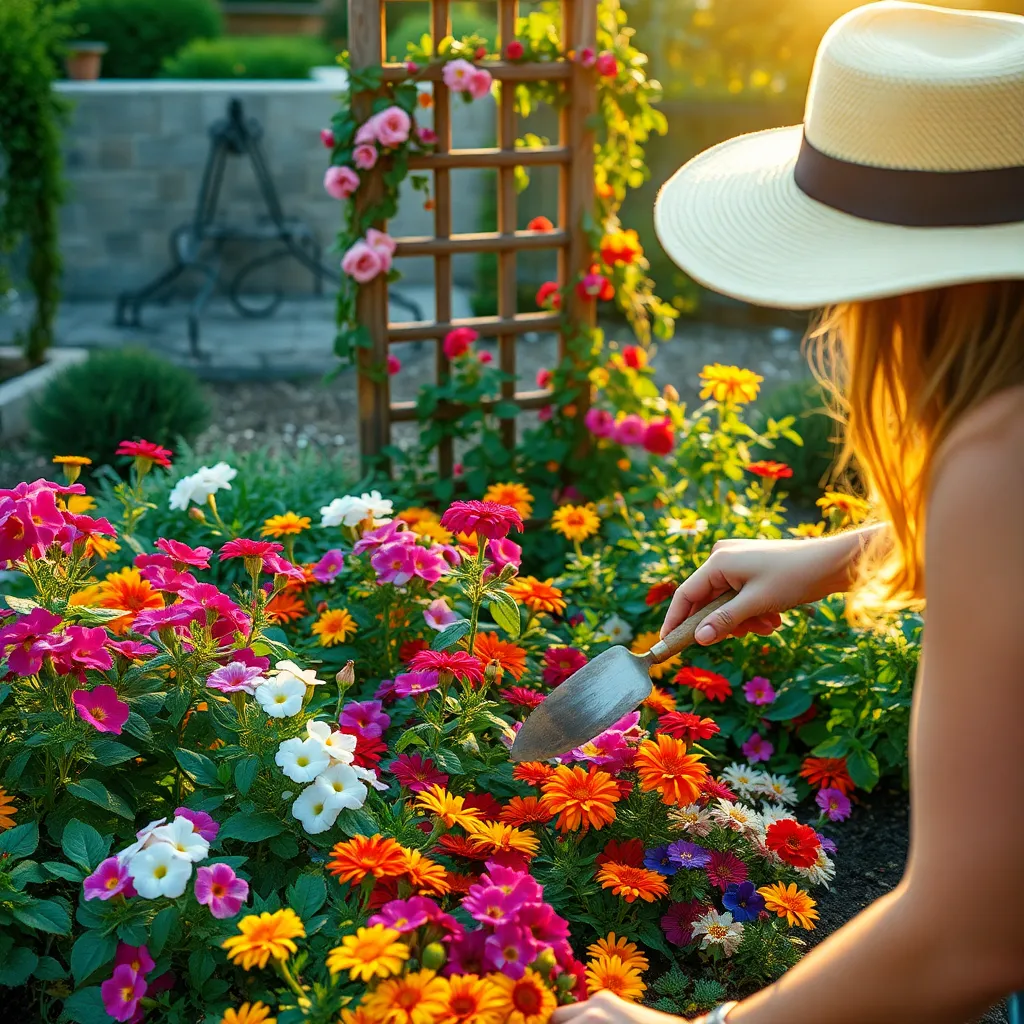
To nurture a thriving small-scale flower garden, focus on selecting plants that suit your climate and space. Begin by researching flowers known for their compact size, such as pansies and marigolds, which offer vibrant colors without overtaking your garden.
Soil quality is crucial in small gardens, as limited space means less room for error. Use a rich, well-draining potting mix, and consider adding organic matter like compost to improve soil fertility and texture.
Watering small gardens requires a delicate balance to prevent over-saturation. Check the soil moisture by inserting your finger about an inch deep; if it’s dry, it’s time to water, aiming to keep the soil consistently moist but not soggy.
For those eager to maximize bloom production, consider a regular feeding schedule. Use a balanced, slow-release fertilizer every four to six weeks during the growing season to support healthy, vibrant blooms.
Advanced gardeners can experiment with companion planting to reduce pests and enhance growth. Pairing flowers like nasturtiums with vegetables can deter unwanted insects and add a splash of color to edible gardens.
Conclusion: Growing Success with These Plants
In “Colorful Flowers for Small Gardens,” we’ve explored five key relationship concepts to help your love blossom in even the tiniest spaces. First, understanding the importance of communication laid the groundwork for trust and connection. Second, embracing compromise highlighted the beauty of balance, much like a garden thrives with the right mix of sun and shade. Third, nurturing intimacy through shared activities, akin to tending to vibrant blooms, kept relationships fresh and exciting. Fourth, prioritizing quality time fostered growth, ensuring that bonds remain strong and resilient. Finally, resolving conflicts constructively taught us to pull out the weeds before they overrun our garden of love.
As an actionable step, take a moment today to plan a small, meaningful activity with your partner—be it a walk, a shared hobby, or a heartfelt conversation. This simple act can be the first step in cultivating a thriving relationship.
Remember, the journey to relationship success is ongoing and ever-evolving. Bookmark this article now to revisit these essential concepts whenever you need guidance. By nurturing your relationship with care and attention, you can ensure it continues to flourish beautifully, much like those colorful flowers in your garden. Here’s to a vibrant future filled with love and growth! 🌷


